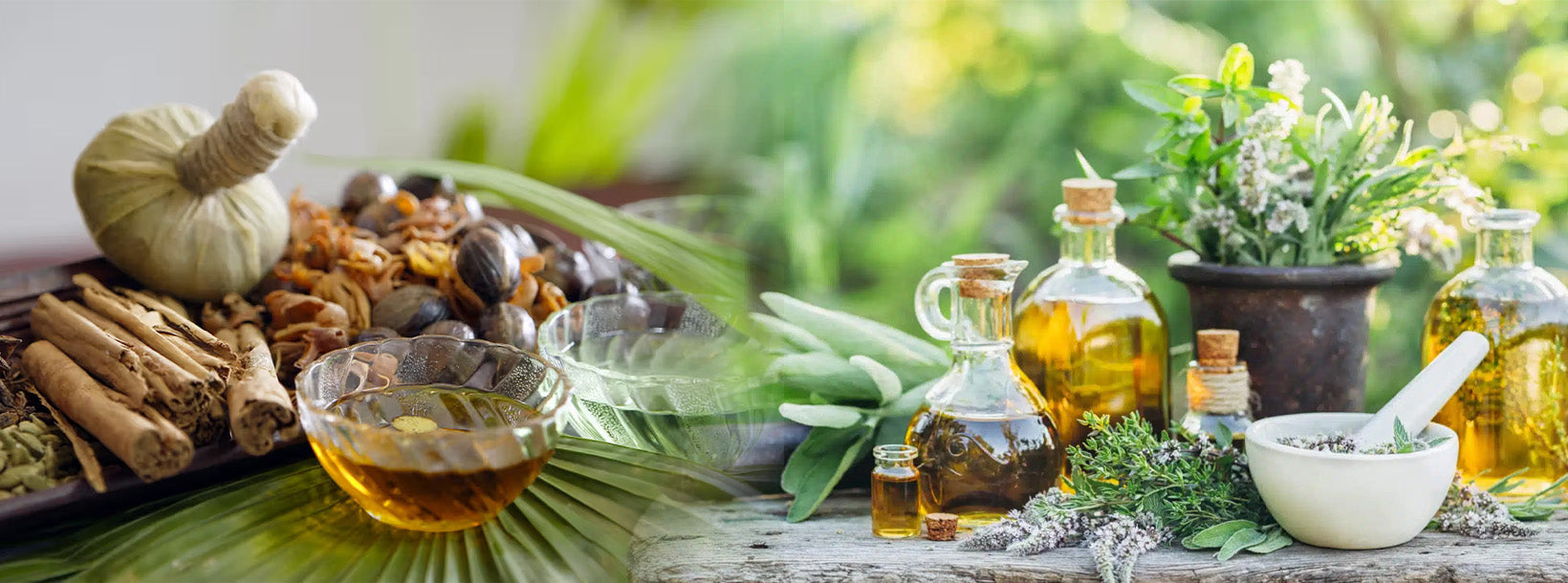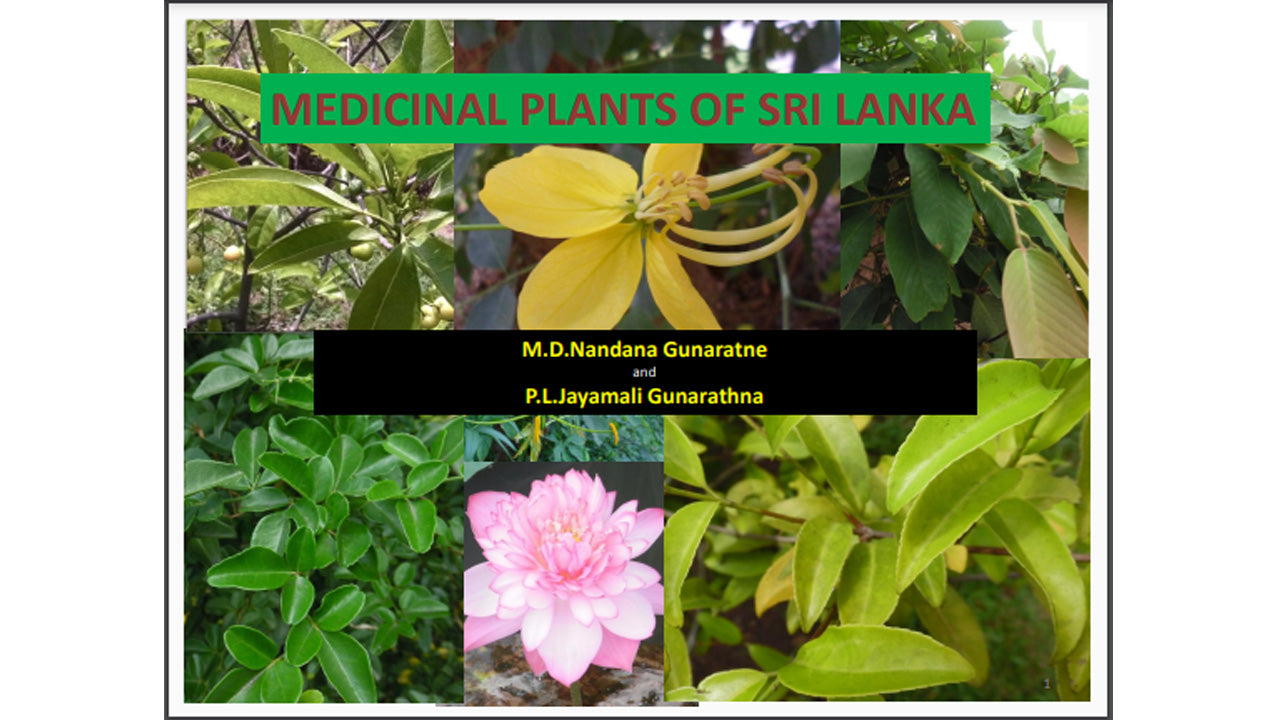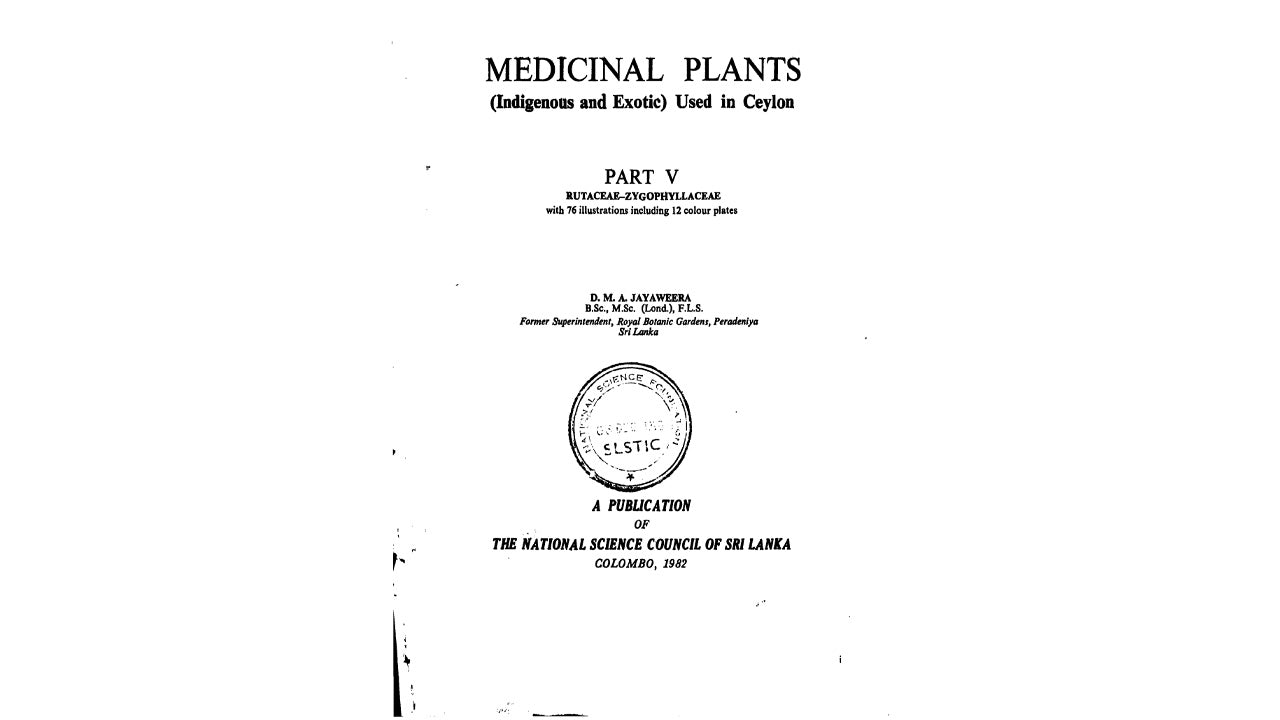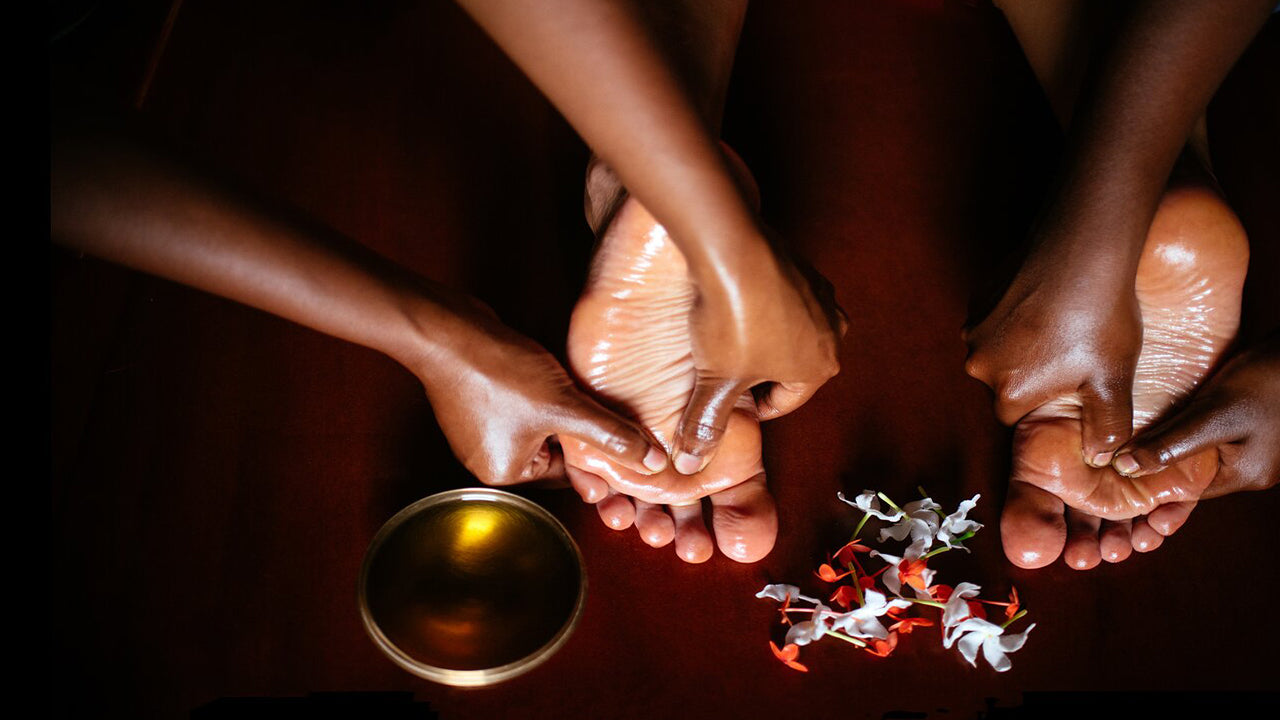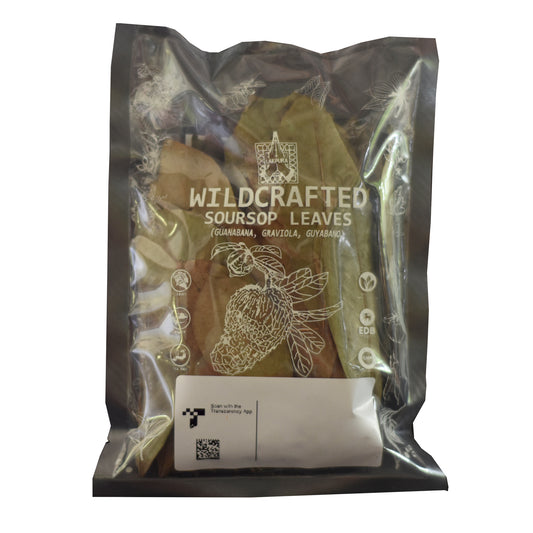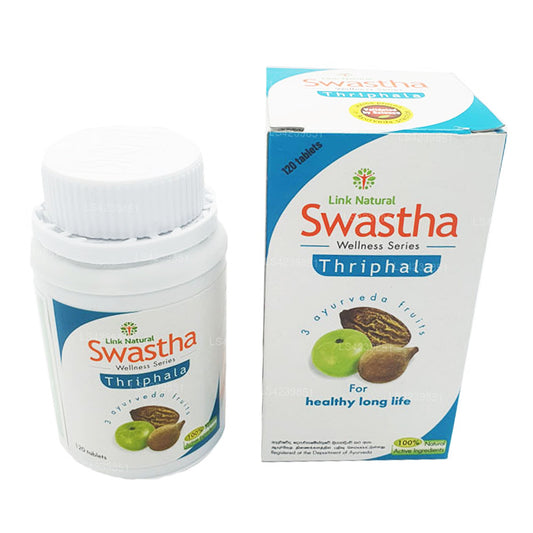Tragia involucrata
Tragia involucrata, commonly known as Indian stinging nettle or locally in some regions as “Thakshiri,” is a perennial climbing shrub belonging to the Euphorbiaceae family. It is widely distributed across tropical and subtropical regions of Asia, including India, Sri Lanka, and Southeast Asia. The plant is notable for its tiny stinging hairs, which can cause skin irritation on contact, similar to nettles.
This plant typically grows in forests, hedges, and along roadsides, thriving in moist and shaded environments. The stems are slender, twining, and covered with trichomes that give it a stinging effect. Its leaves are simple, ovate, and alternately arranged, while the small, inconspicuous flowers appear in clusters and are usually greenish or yellowish. The fruit is a small capsule containing seeds, which contribute to the plant’s propagation.
Tragia involucrata has a long history in traditional medicine, particularly in Ayurveda and Siddha practices. Various parts of the plant—leaves, roots, and stems—are used to treat ailments such as skin diseases, respiratory disorders, fever, and inflammation. Its medicinal properties are attributed to bioactive compounds like flavonoids, alkaloids, and tannins, which exhibit anti-inflammatory, antimicrobial, and antioxidant effects.
Beyond its medicinal use, Tragia involucrata also plays a role in local ecosystems as a host plant for certain insects and contributes to soil stabilization due to its climbing and spreading habit. Despite its small size, the plant is considered highly valuable both ecologically and therapeutically, reflecting the traditional knowledge embedded in rural herbal practices.
-
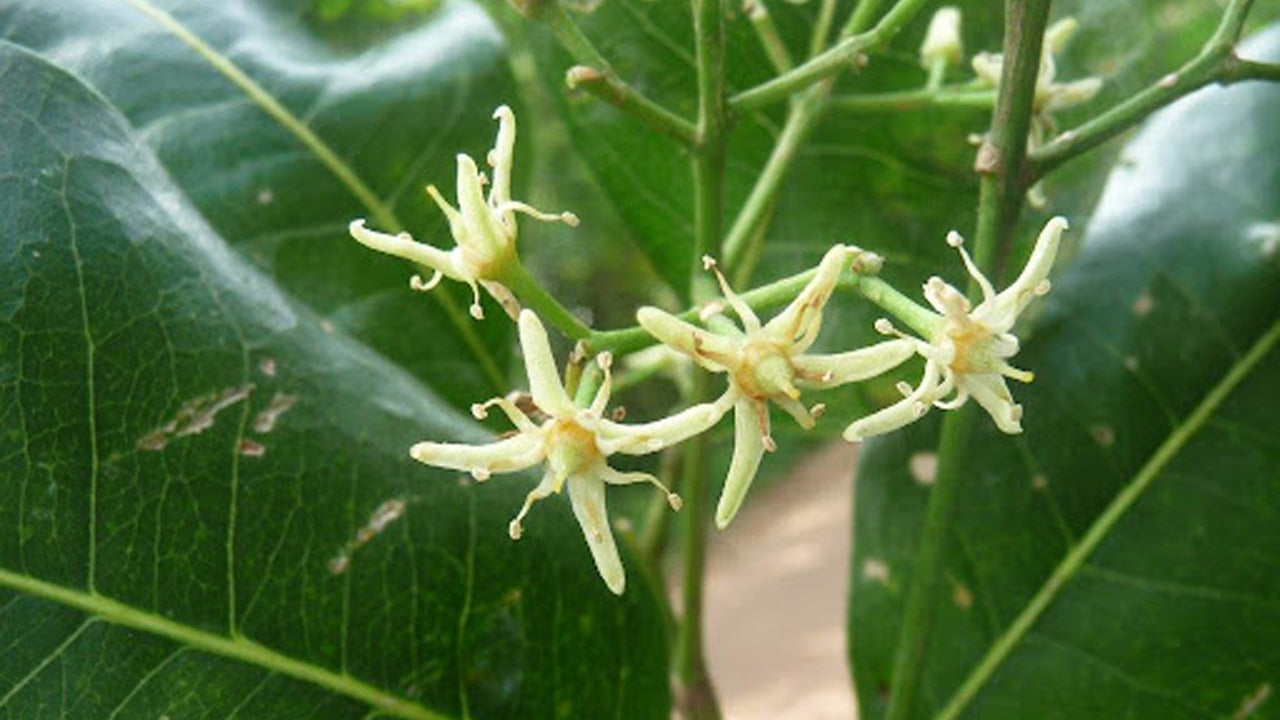
Acronychia pedunculata
아크로니키아 페둔쿨라타 -
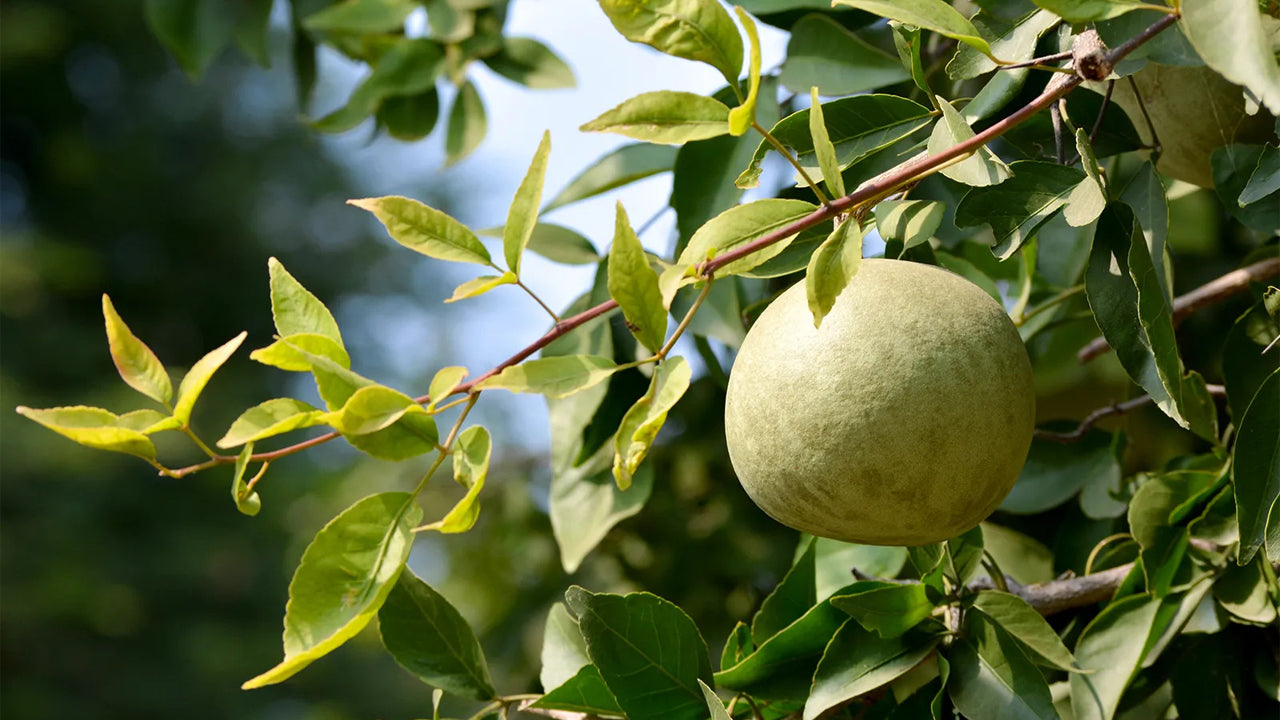
Aegle marmelos
벨리 (아이글레 마르멜로스 -
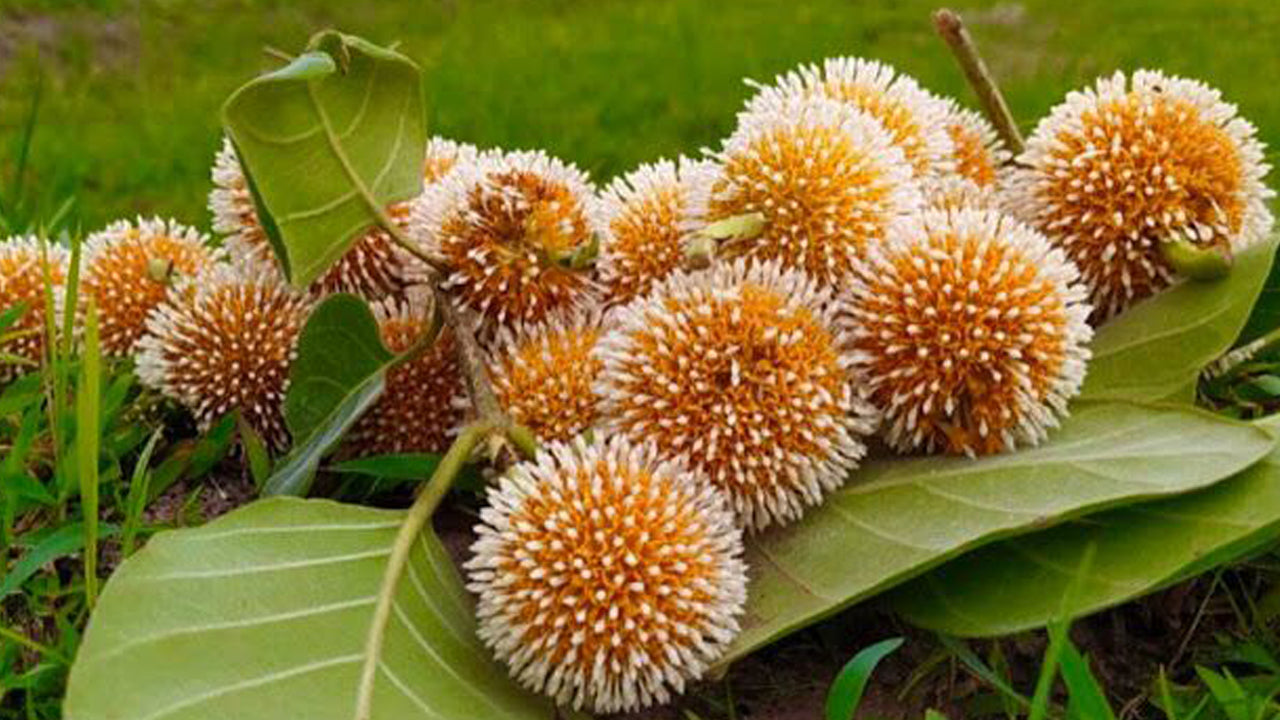
Nauclea orientalis
나우클레아 오리엔탈리스 -
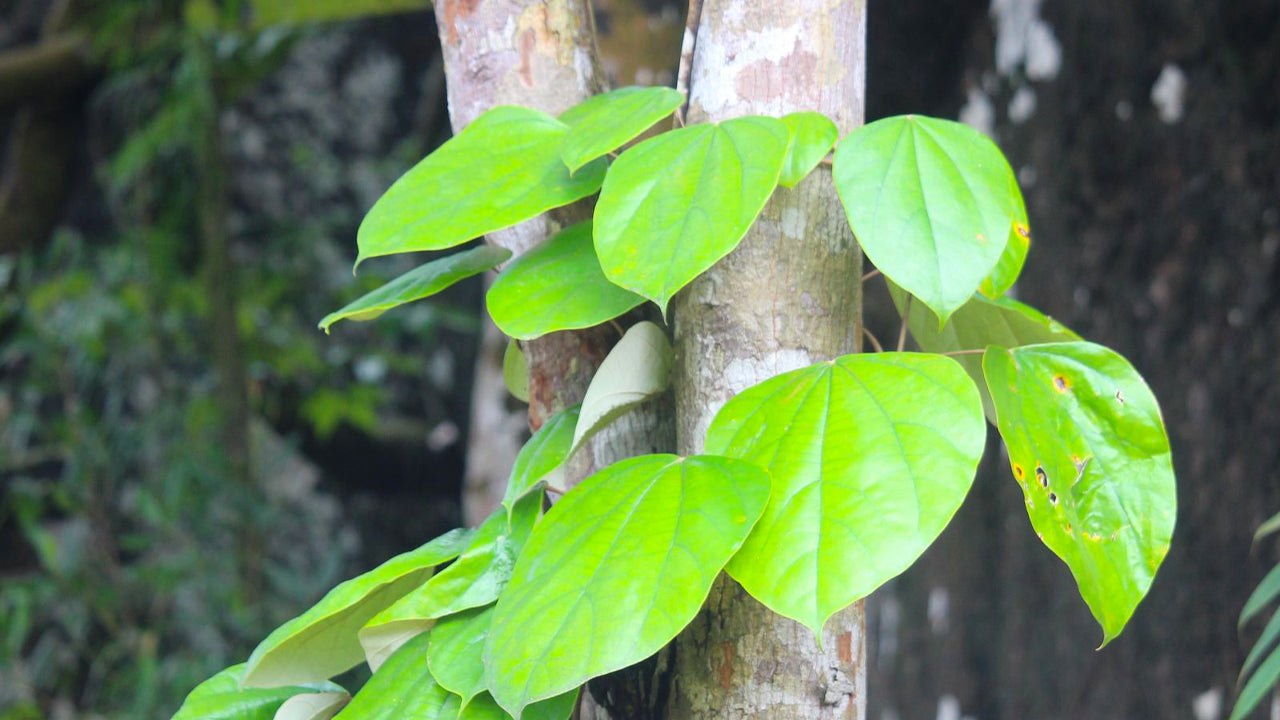
Coscinium fenestratum
코스시늄 페네스트라툼 -

Tinospora malabarica
티노스포라 말라바리카 -
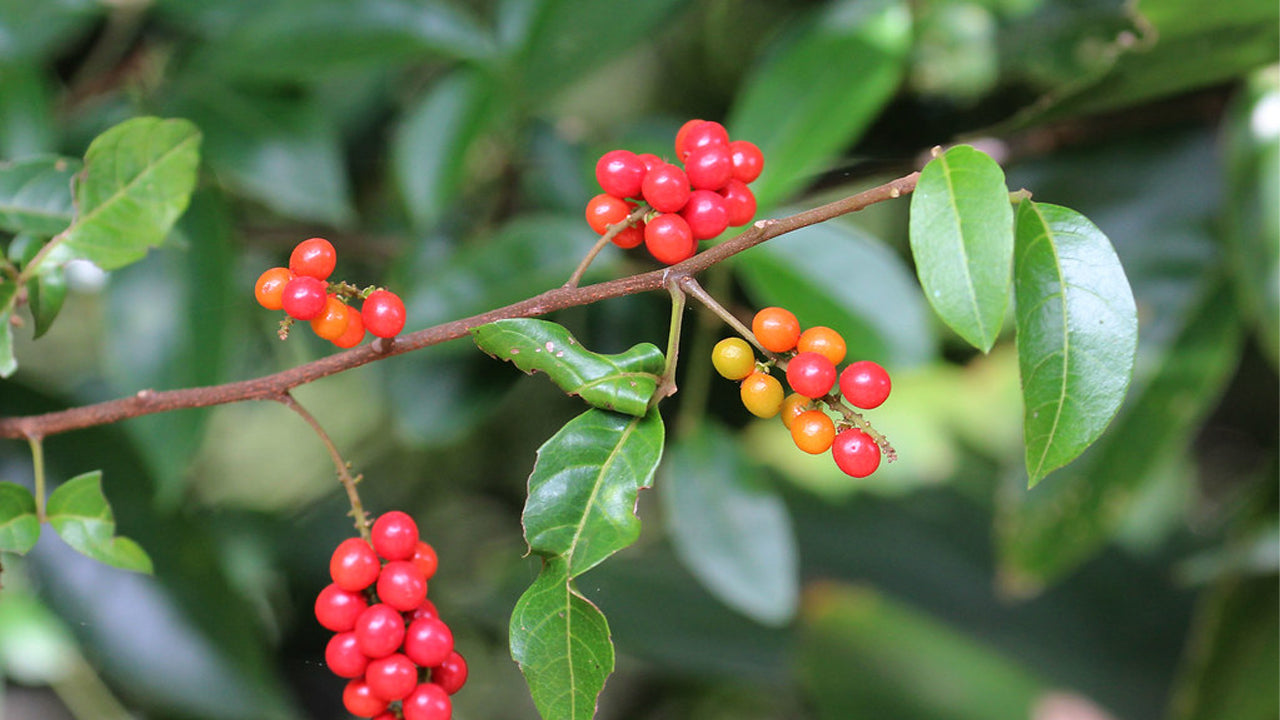
Allophylus cobbe
알로필루스 코베 -
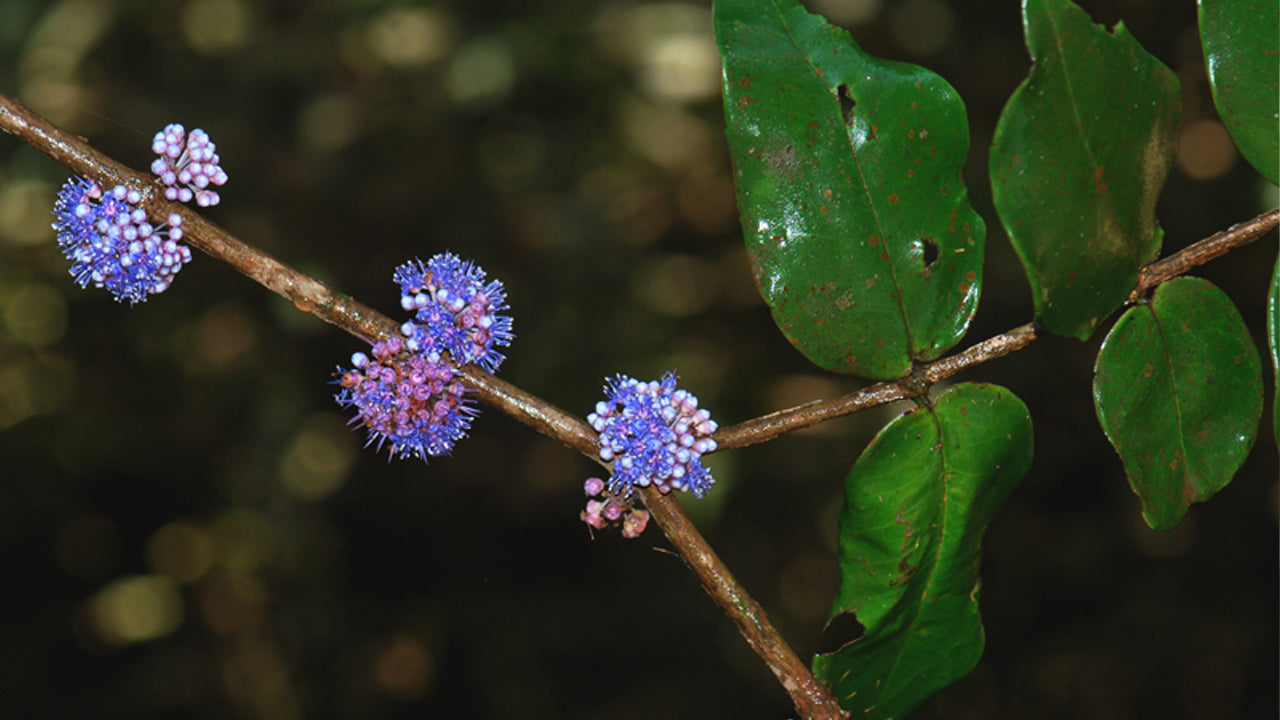
Memecylon capitellatum
메메실론 카피텔라툼 -
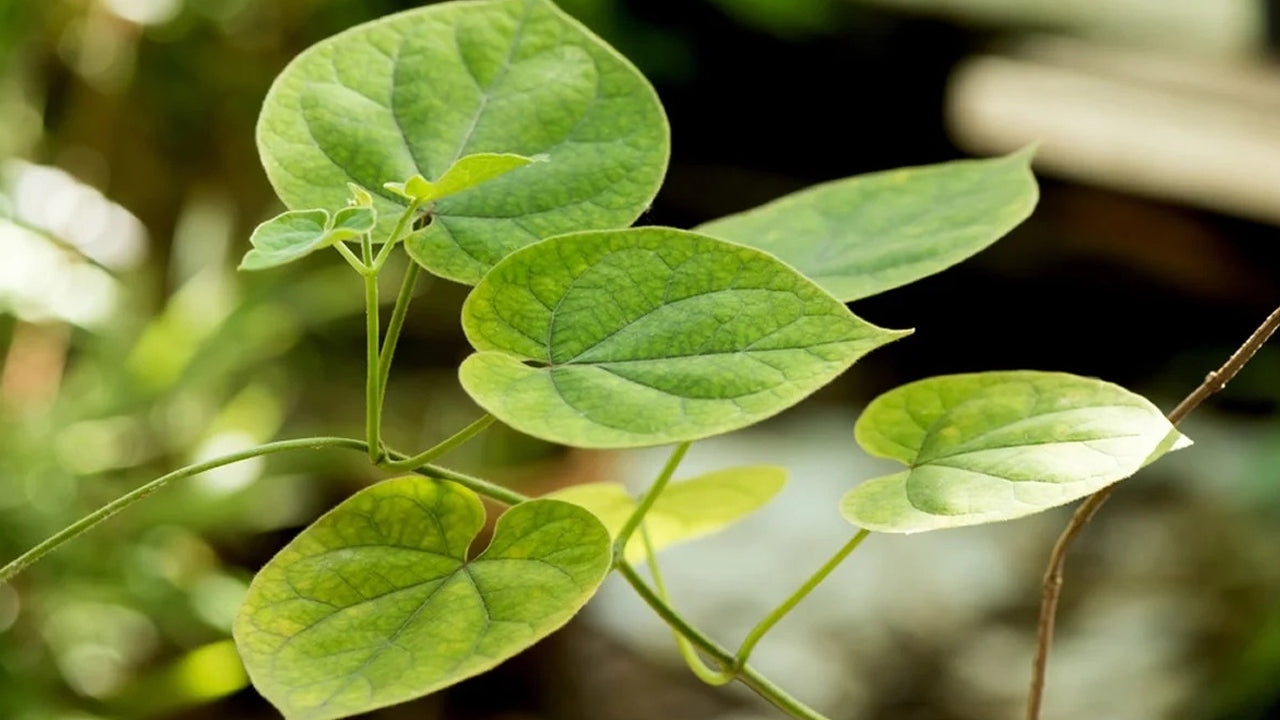
Cissampelos pareira
시삼펠로스 파레이라 -
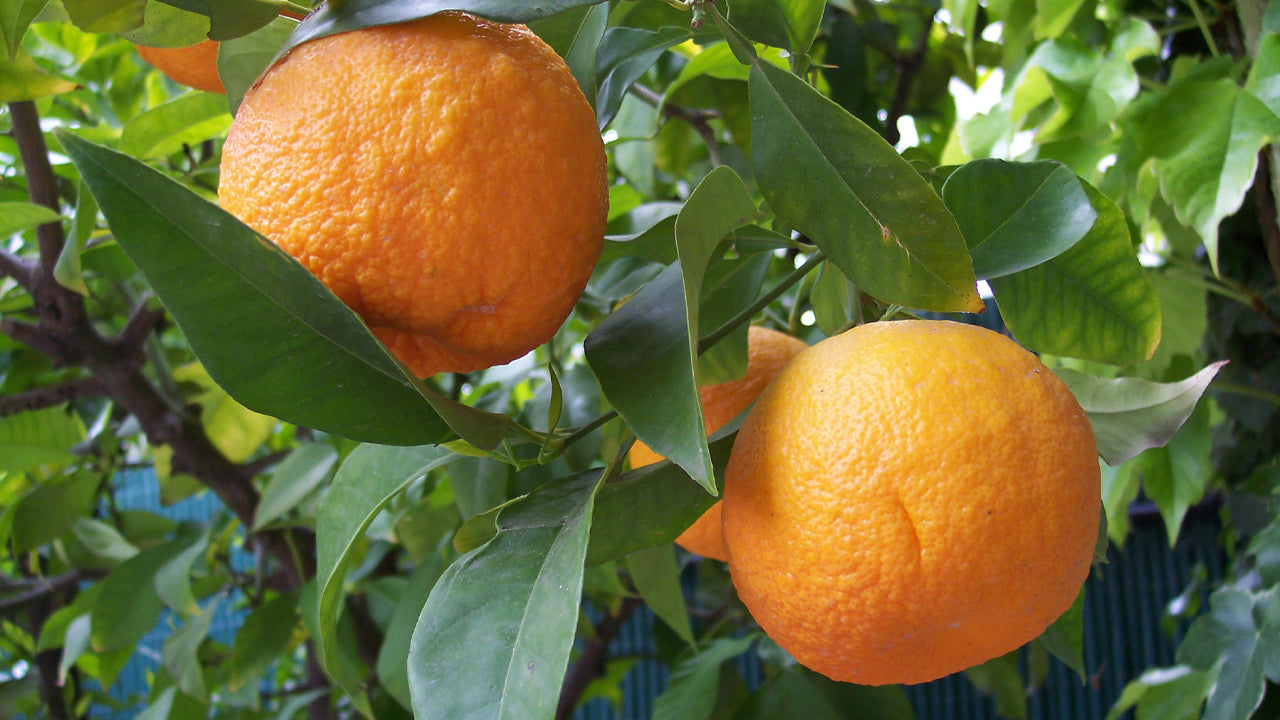
Citrus aurantium
쓴오렌지 / 비터오렌지 -

Biophytun reinward
비오피툼 라인바르디이 -
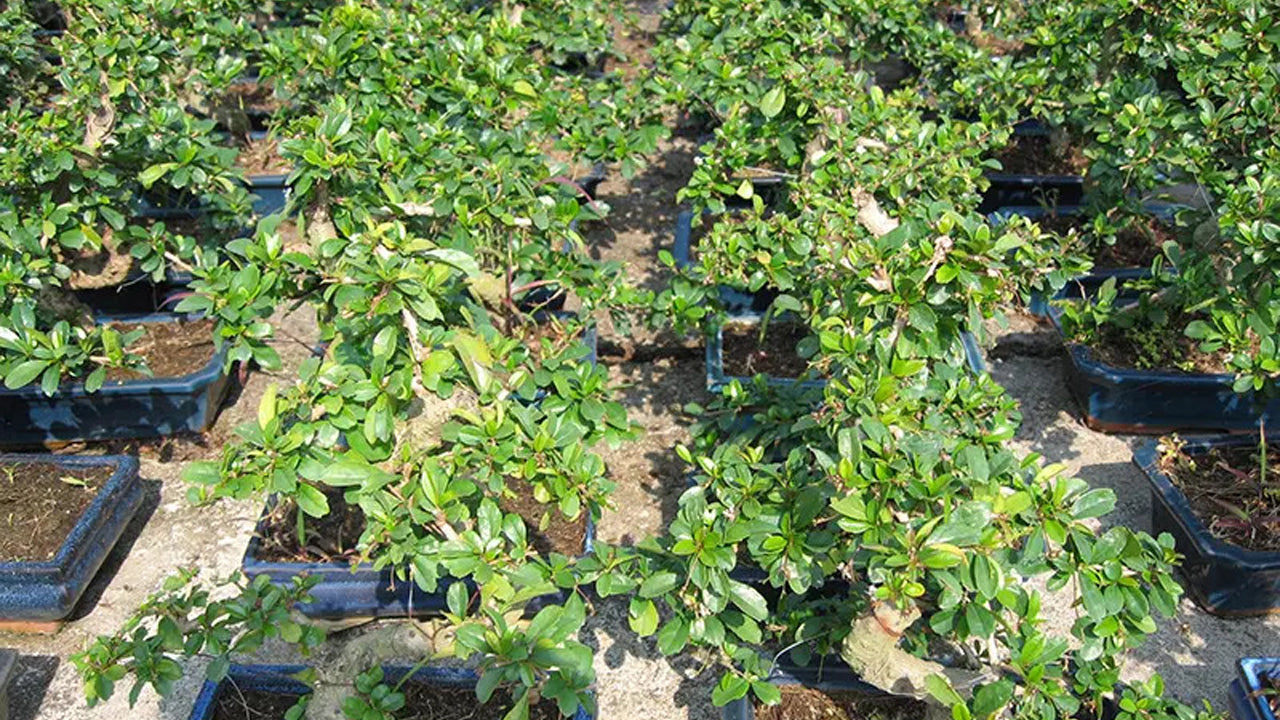
Carmona microphylla
카르모나 미크로필라 / 복건차나무 -
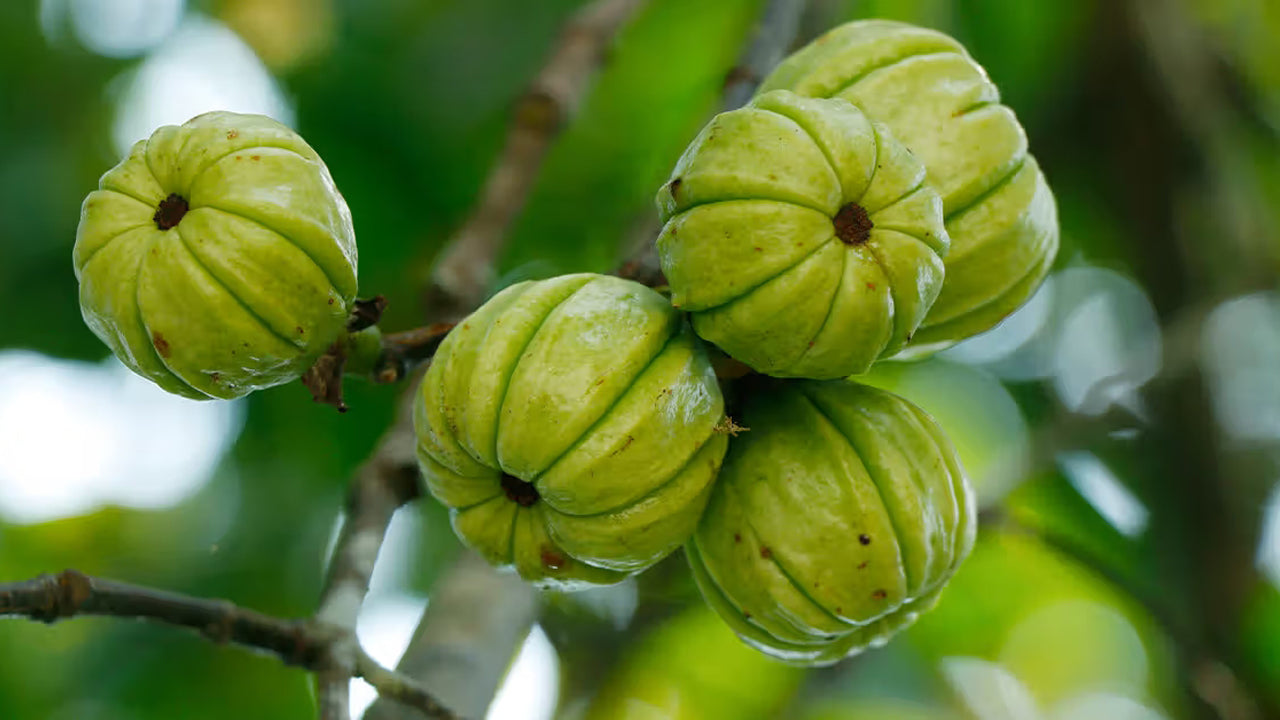
Garcinia cambogia
가르시니아 캄보지아 -
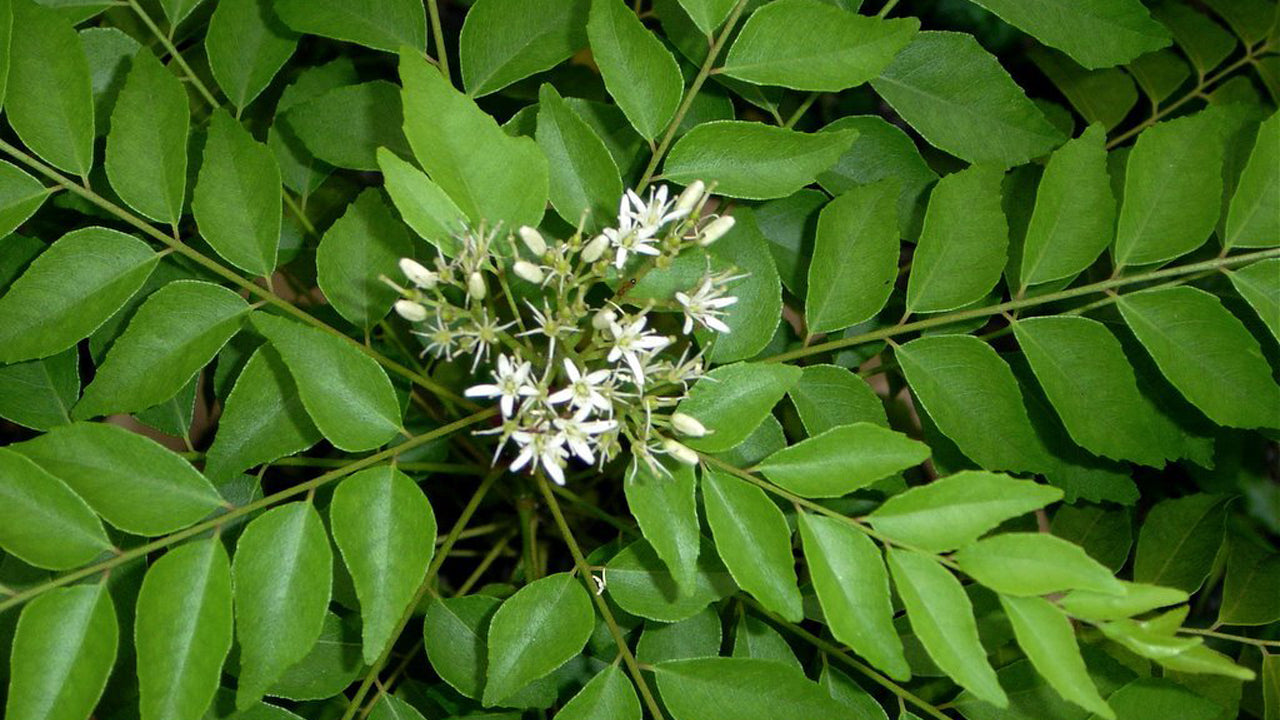
Murraya koenigii
무라야 쾨니기이 -
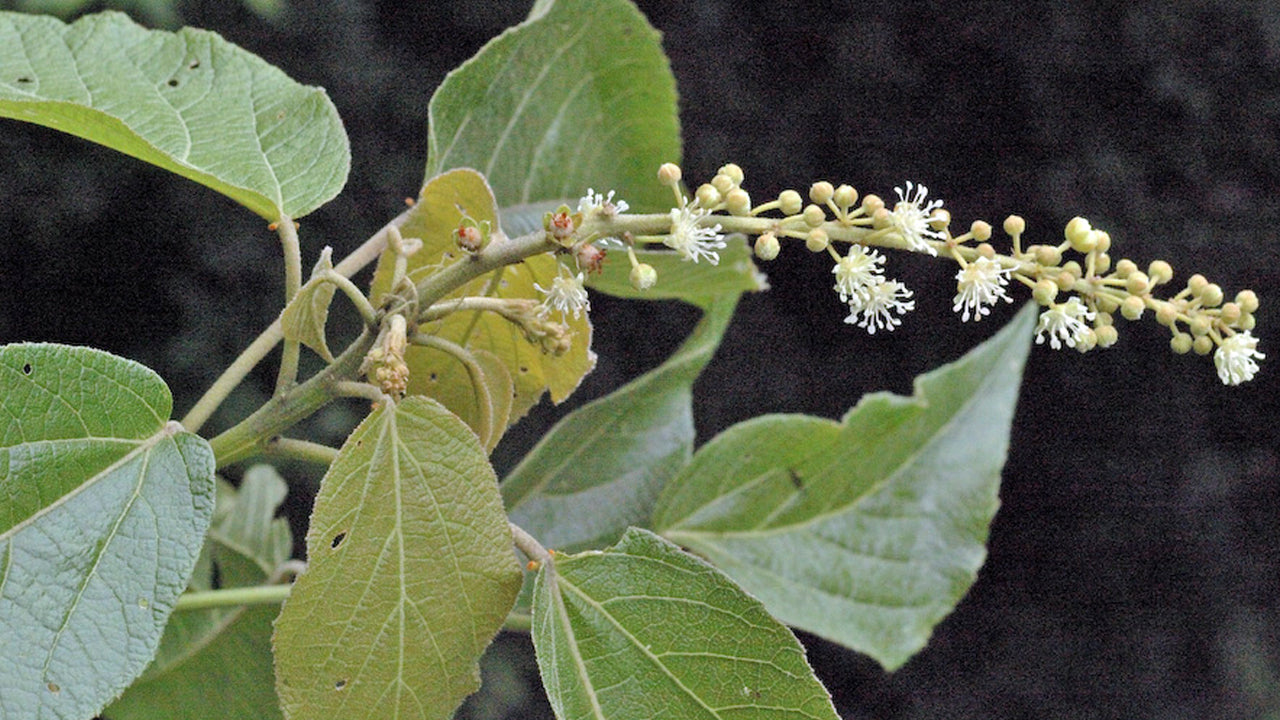
Croton laccifer
크로톤 락키페르 -
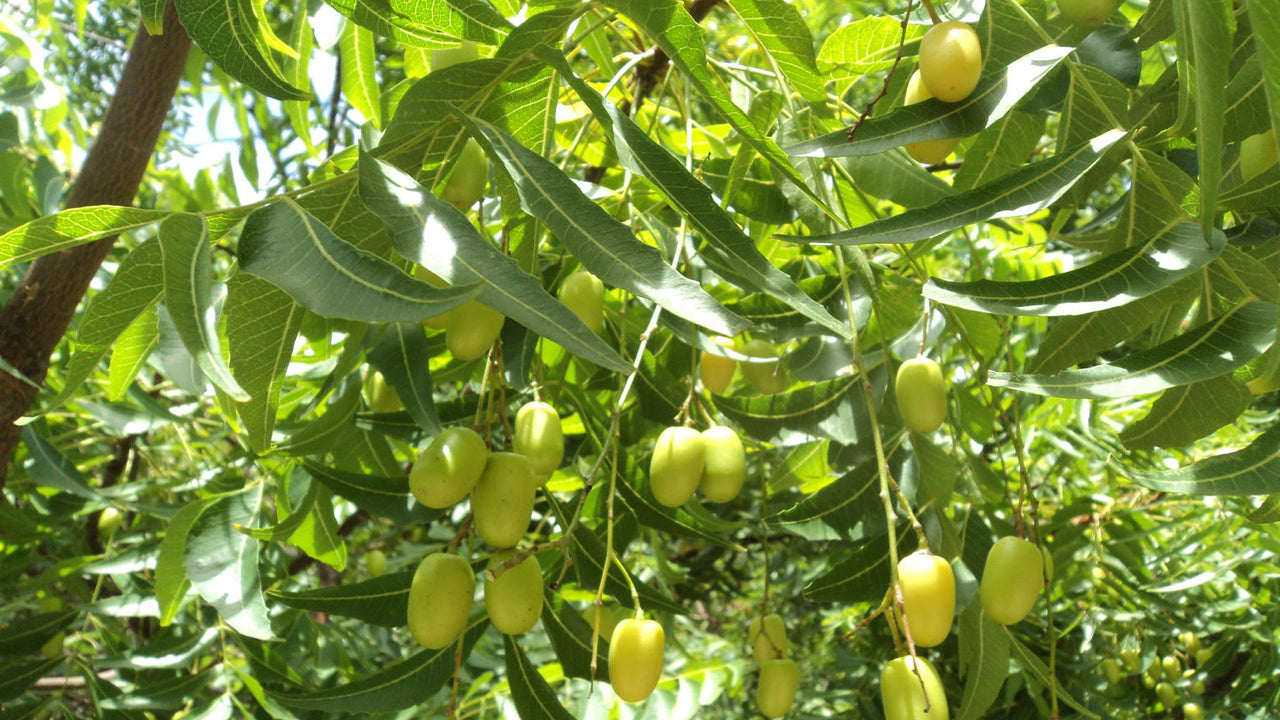
Azadirachta indica
님나무 -
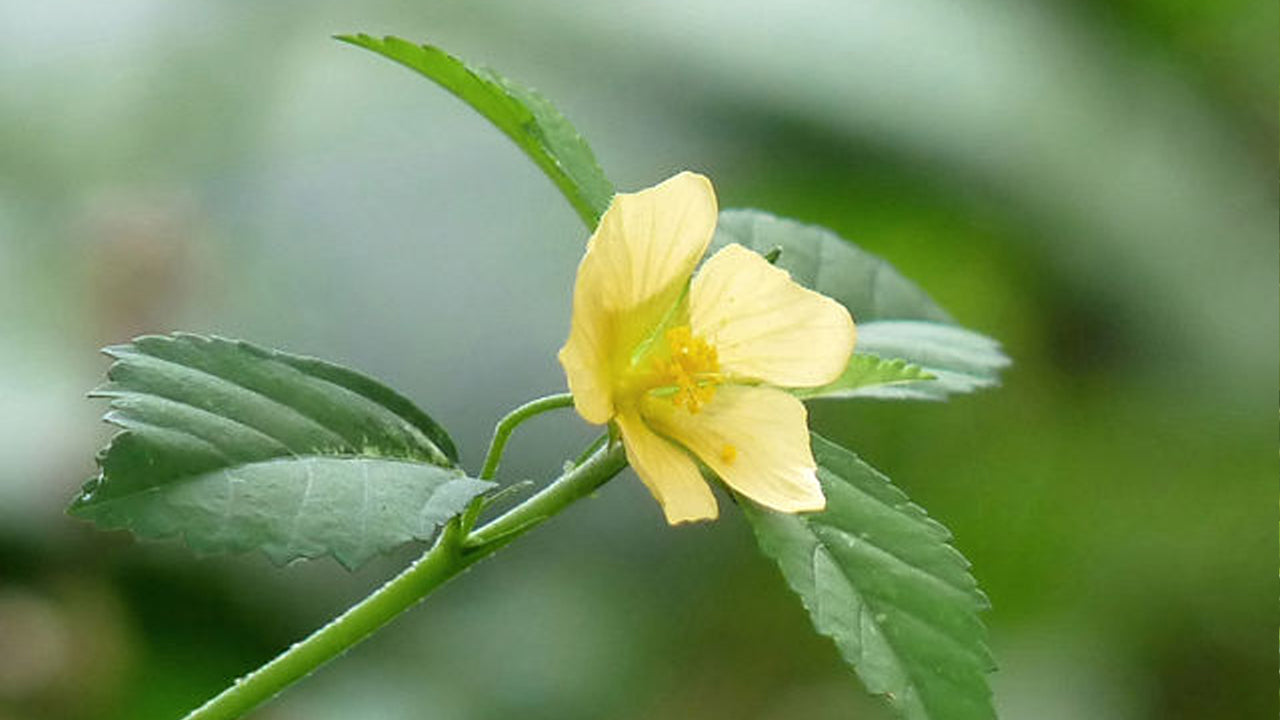
Sida alba
시다 알바 -
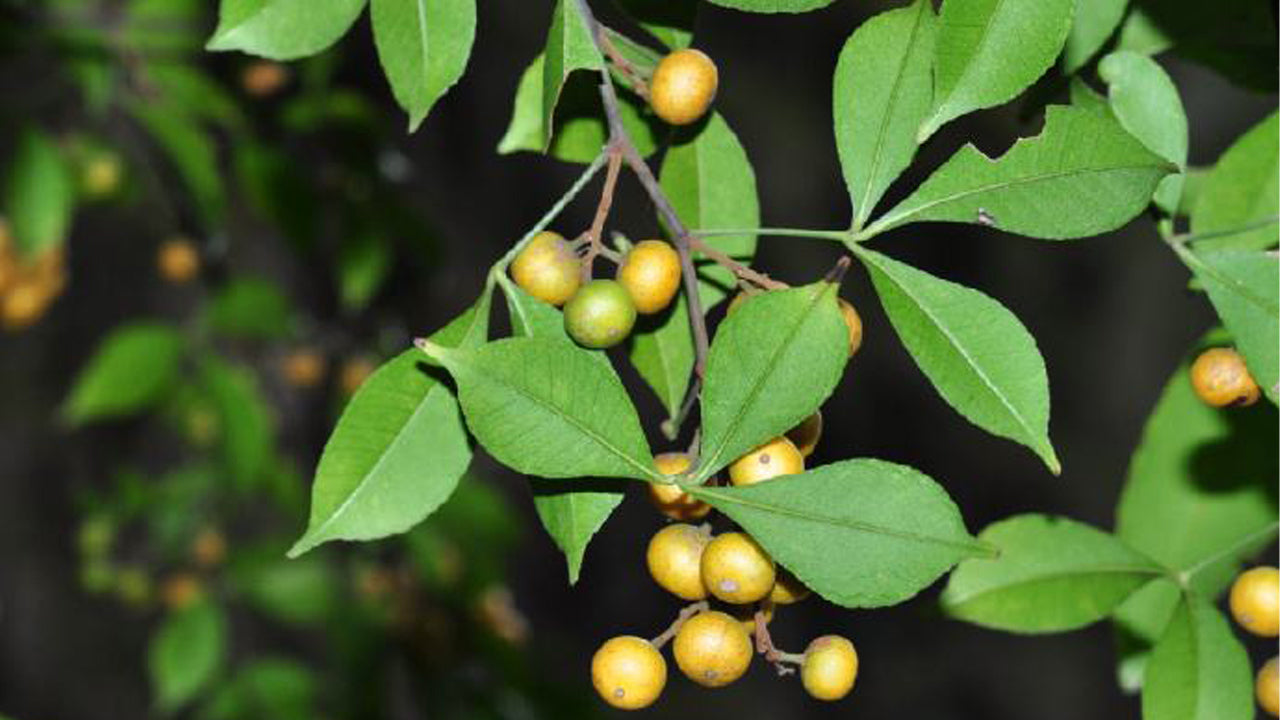
Toddlia asiatica
토들리아 아시아티카 -
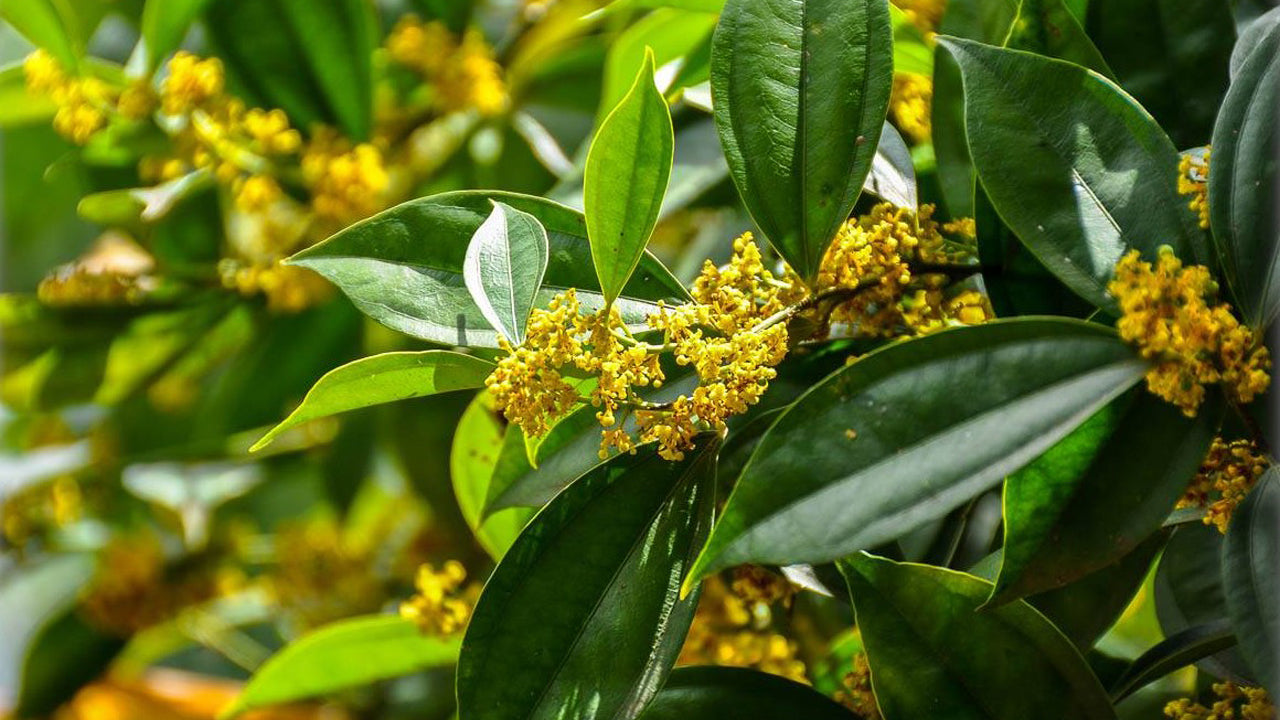
Cinnamomum zeylanicum
실론계피나무 -
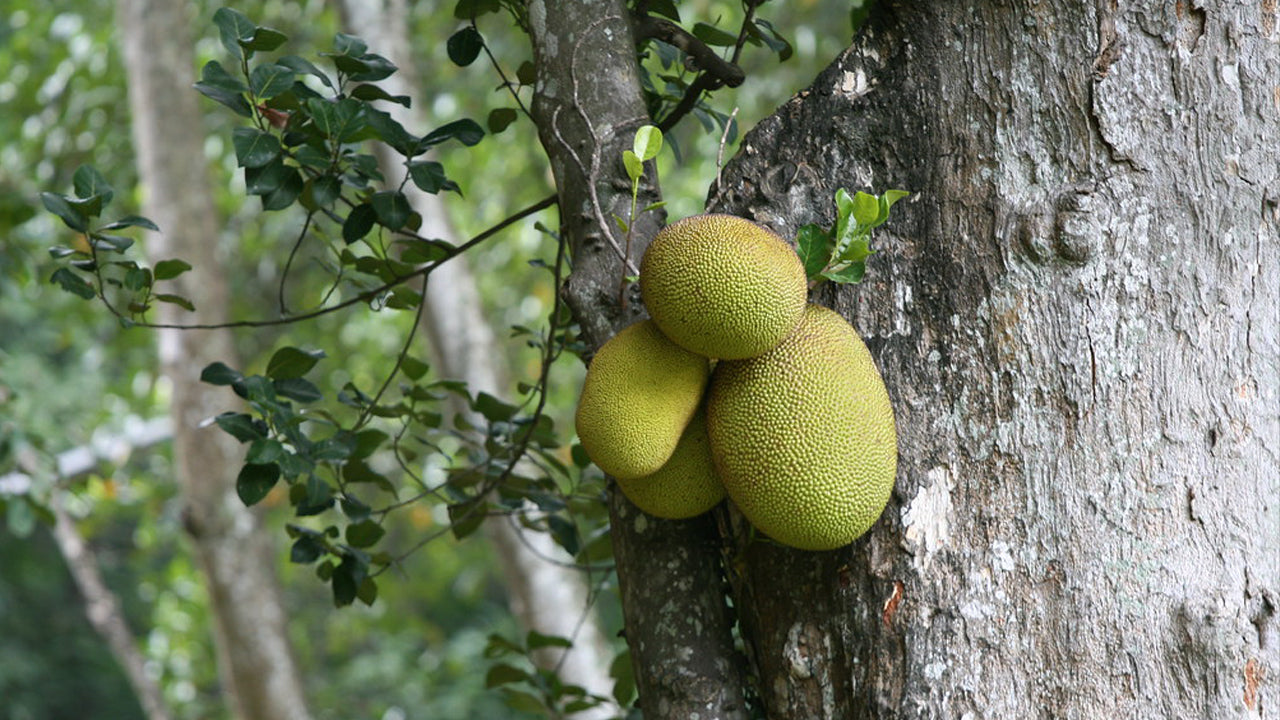
Artocarpus heterophyllus
잭프루트나무 -
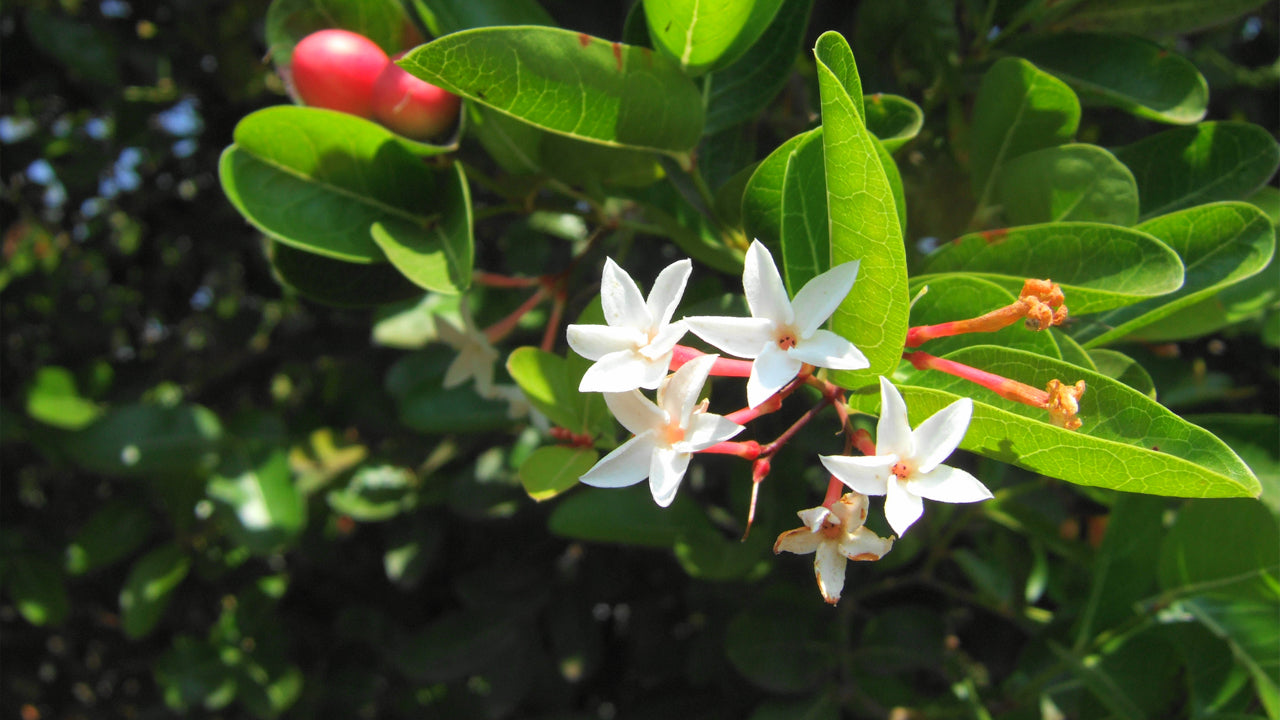
Carissa carandas
카리사 카란다스 -
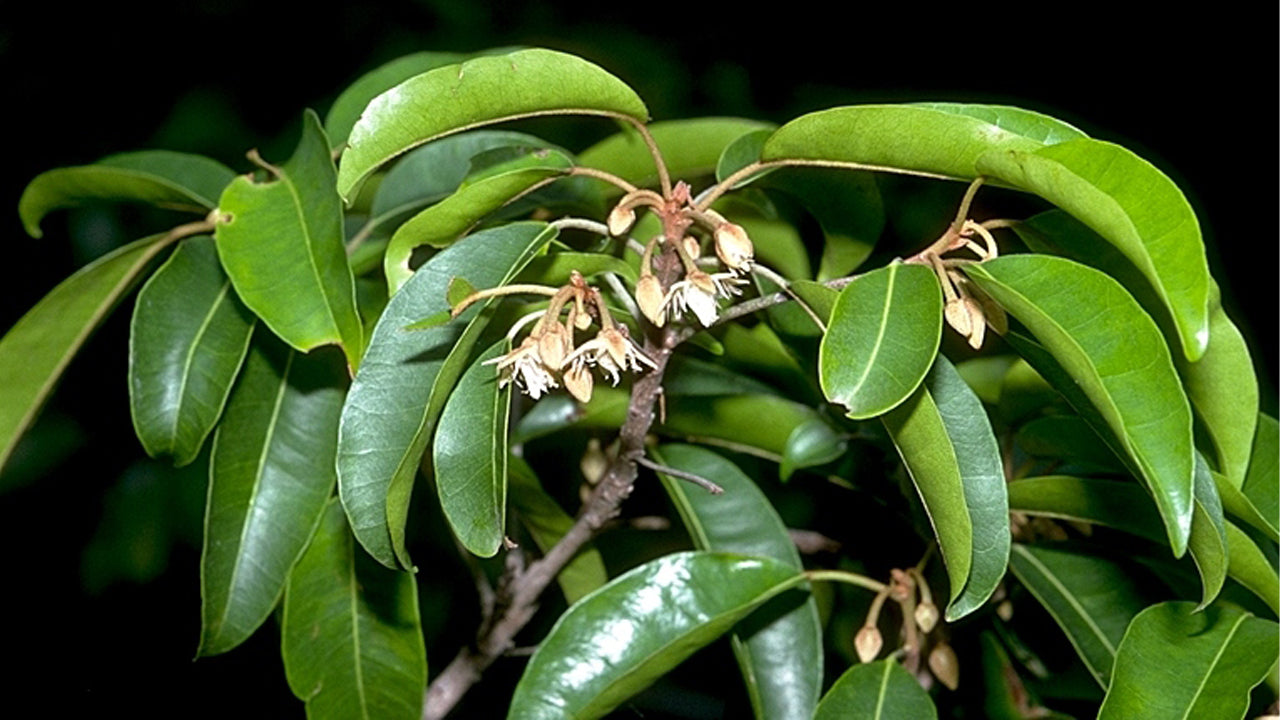
Mimusops elengi
미무솝스 엘렌기 -
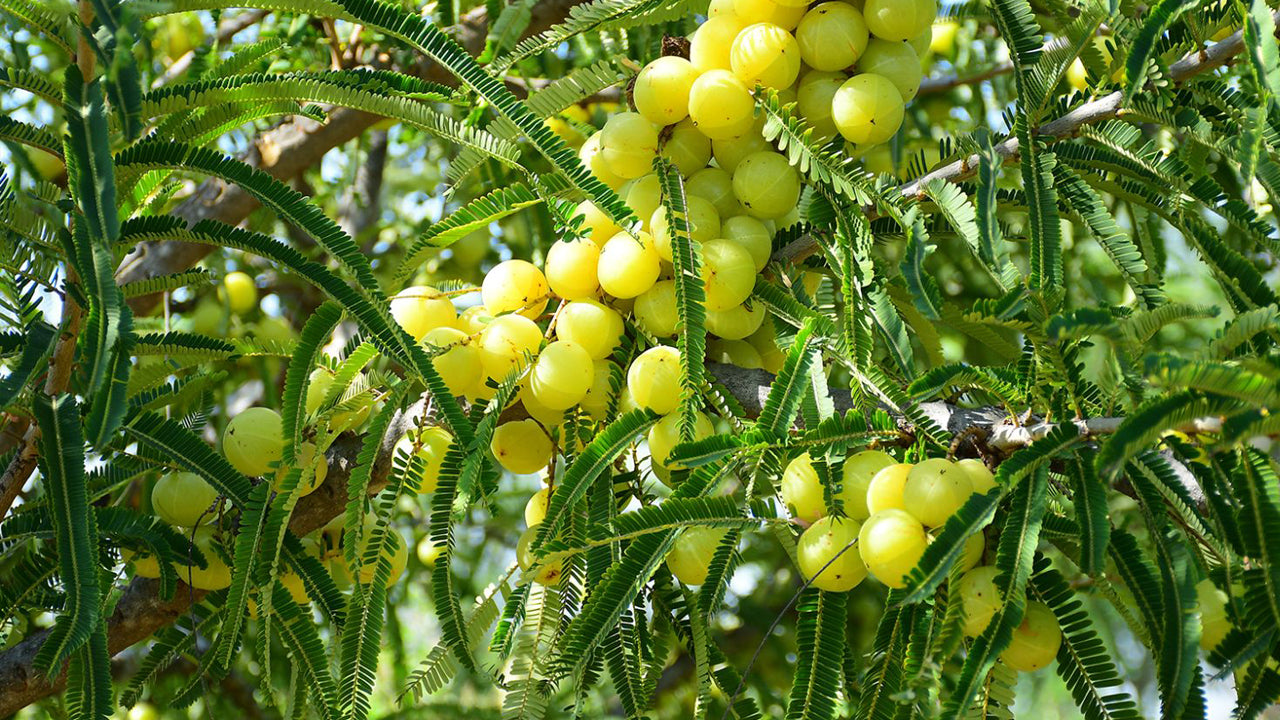
Phyltanthus emblica
인디안구스베리 -
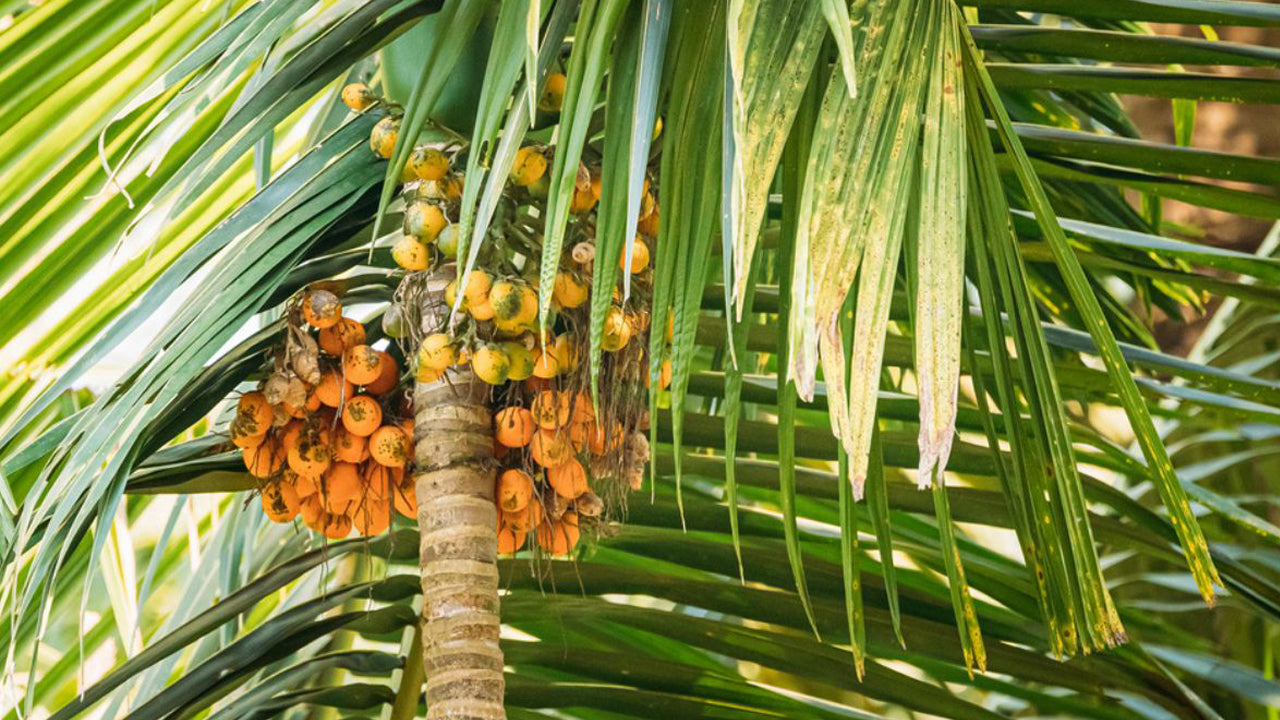
Areca catechu
아레카야자 -
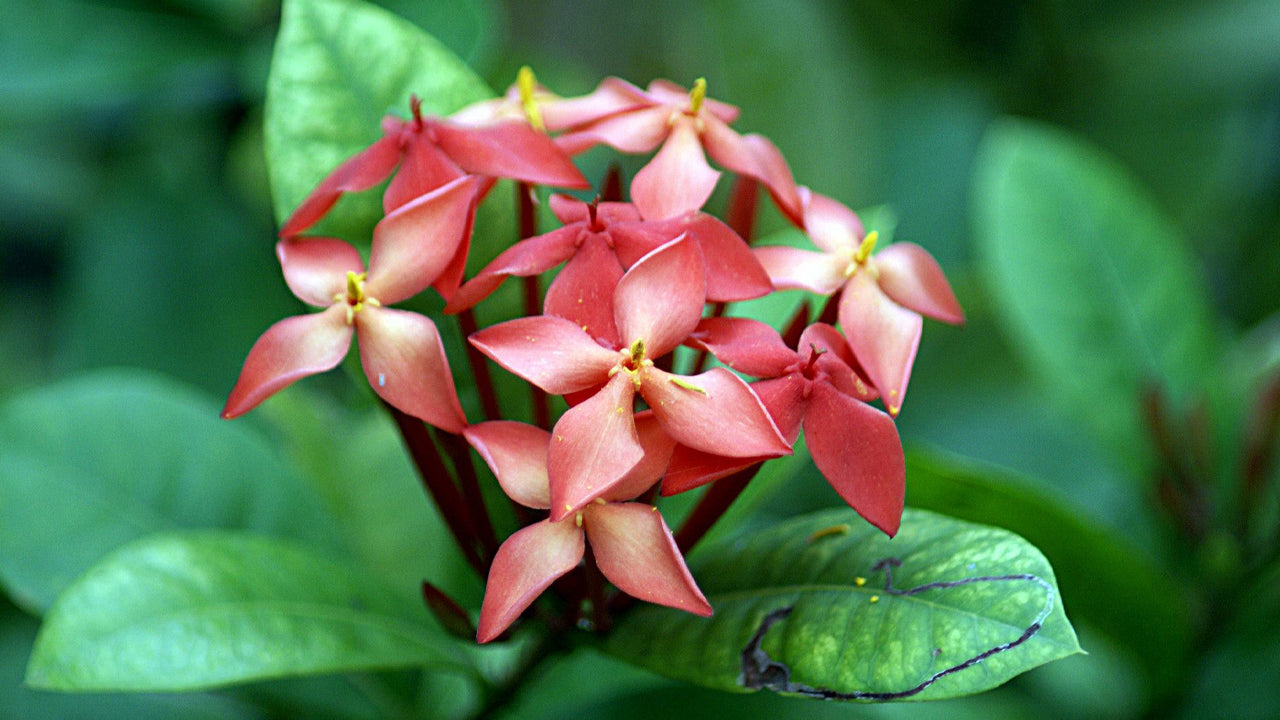
Ixora coccinea
이소라 코키네아 -
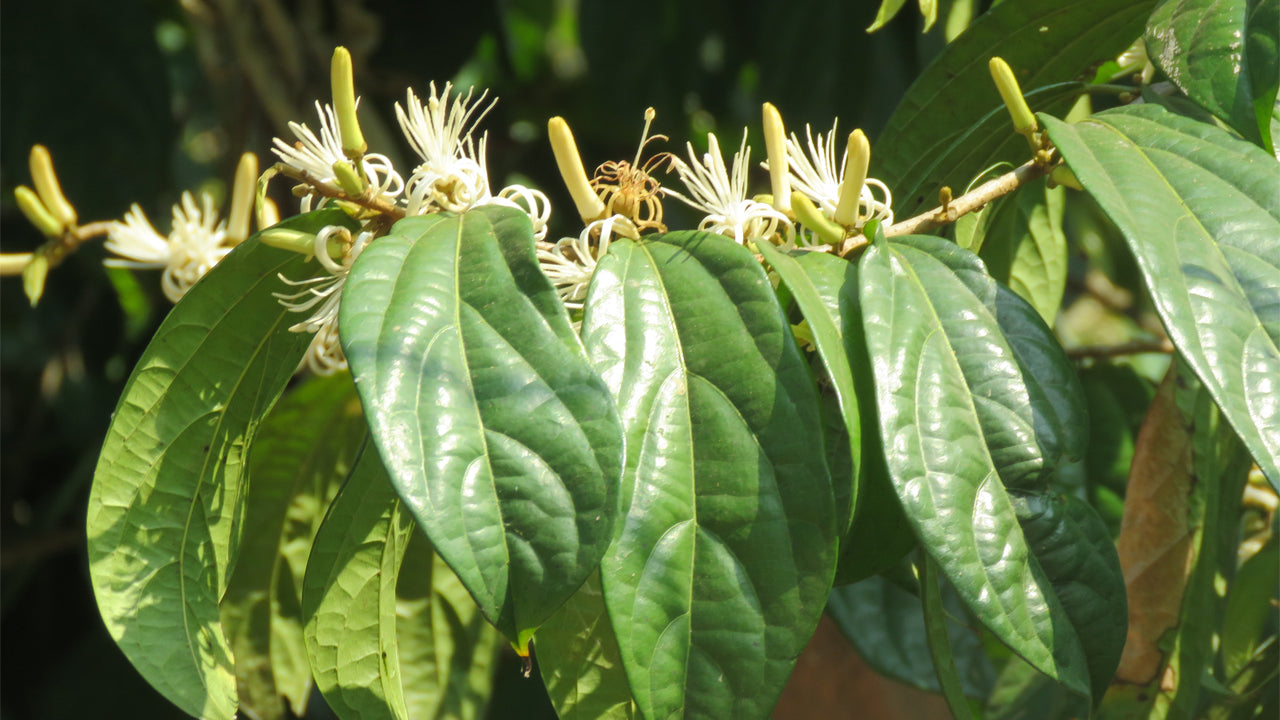
Alangium salviifolium
알랑기움 -
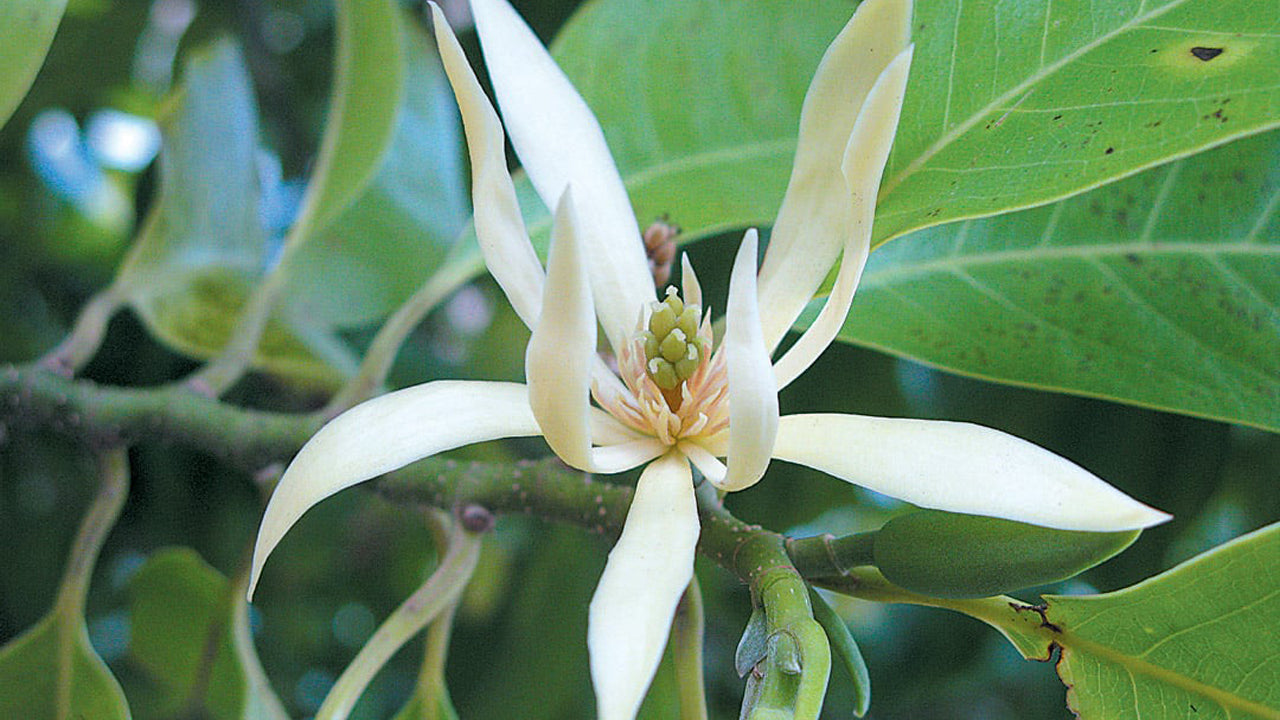
Michelia champaca
미켈리아 참파카 -
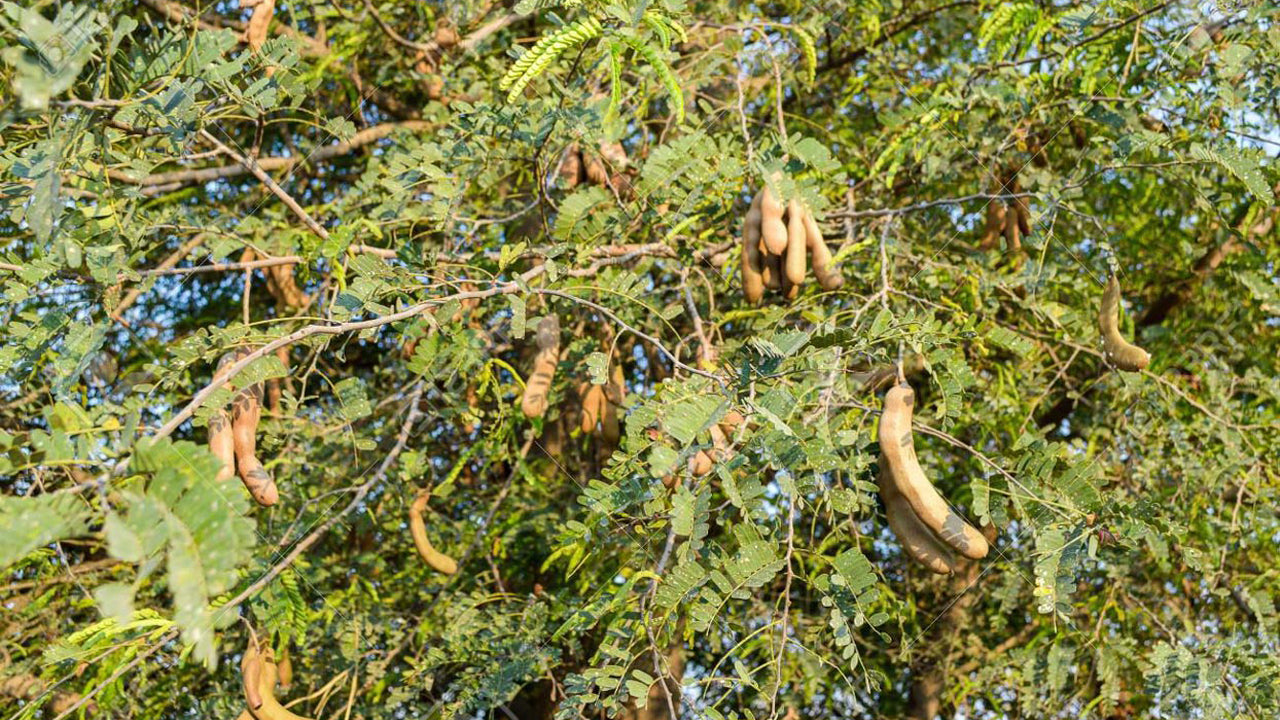
Tamarindus indica
타마린드 -
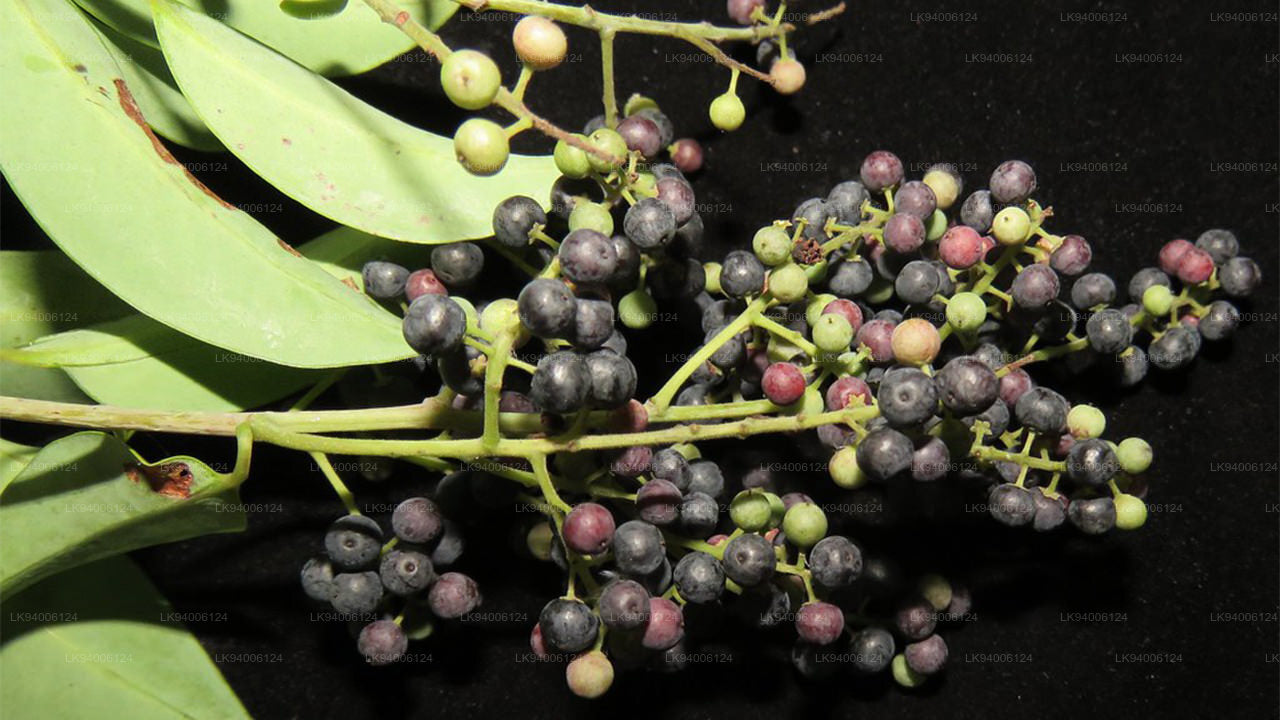
Embelia ribes
엠벨리아 리베스 -
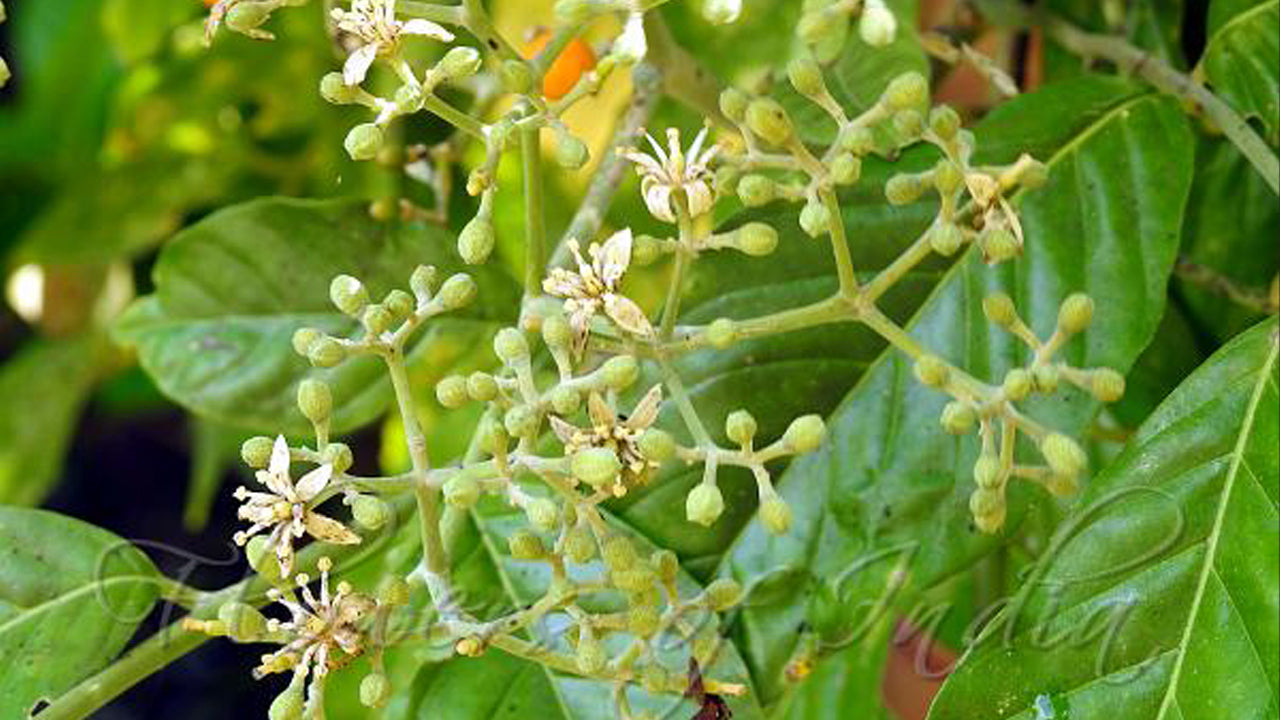
Micromelum ceylanicum
마이크로멜룸 실라니쿰 -
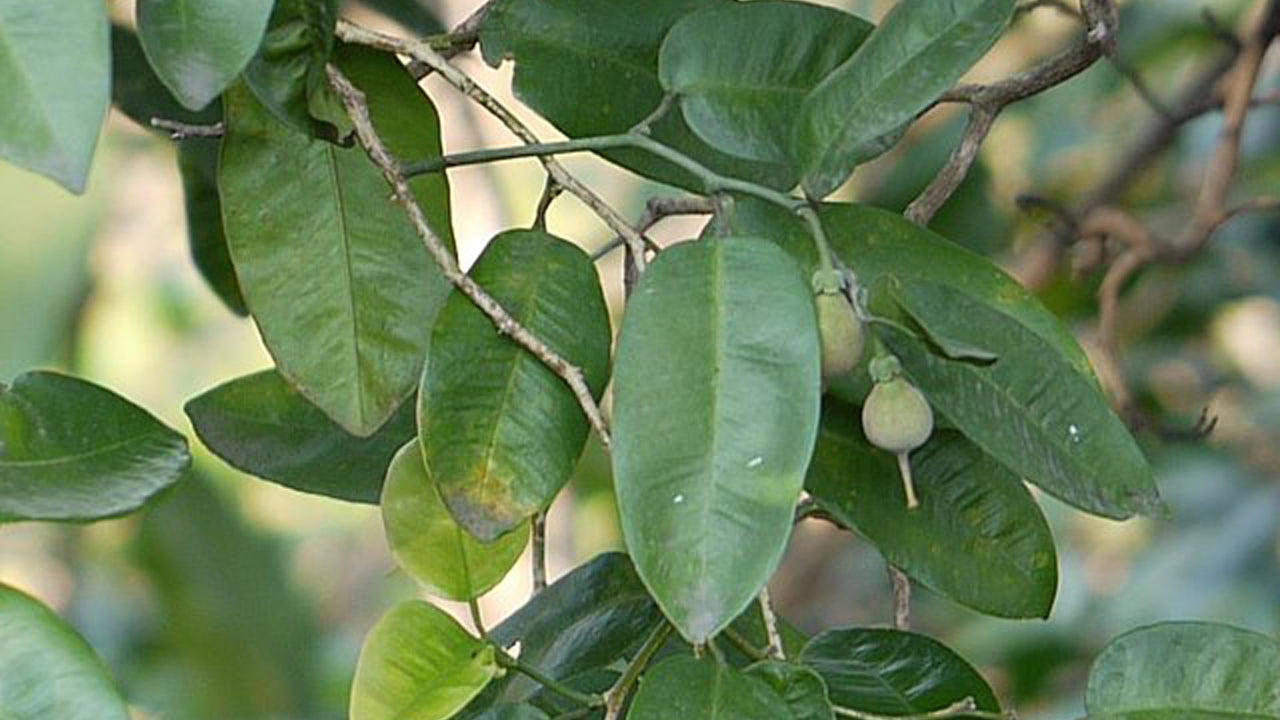
Paramignya monophylla
파라밍냐 모노필라
아유르베다와 허브
-
싯달레파 아유르베다 허벌 밤
정가 $0.32 USD에서정가$0.38 USD할인가 $0.32 USD에서할인 -
락푸라 탈수 사워솝 (과나바나, 그라비올라, 가이아바노) 잎
정가 $1.32 USD에서정가$1.57 USD할인가 $1.32 USD에서할인 -
링크 스와사 트리팔라 (30정)
정가 $1.90 USD에서정가$2.25 USD할인가 $1.90 USD에서할인 -
 할인
할인세츠와 프라나지바 오일
정가 $3.20 USD에서정가$3.80 USD할인가 $3.20 USD에서할인

